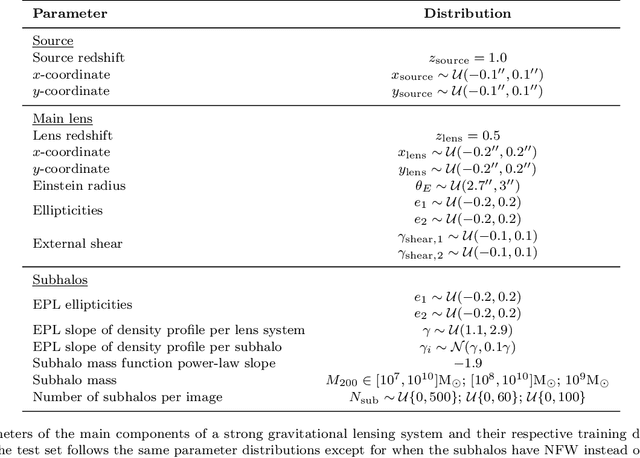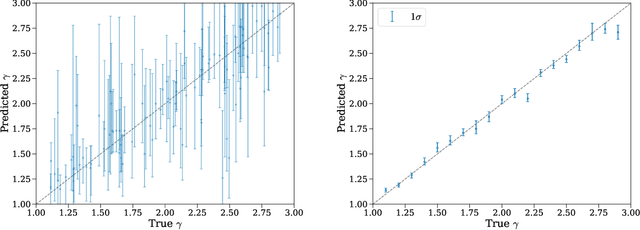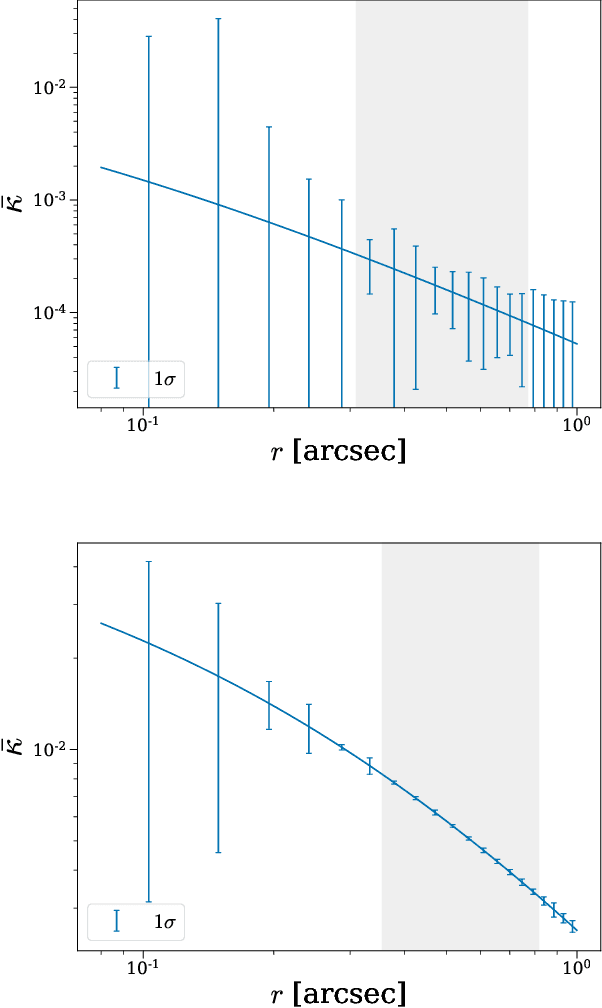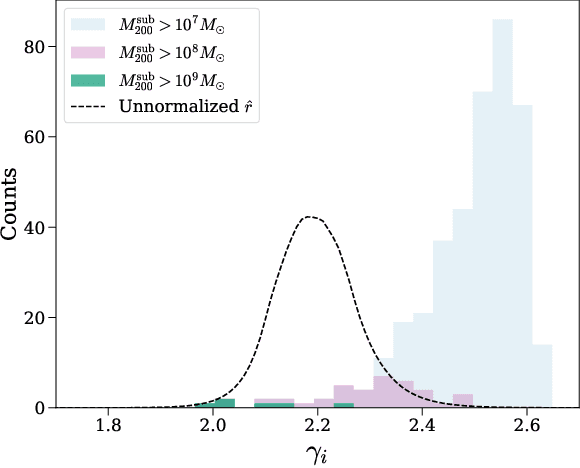Gemma Zhang
Maven: A Multimodal Foundation Model for Supernova Science
Aug 29, 2024



Abstract:A common setting in astronomy is the availability of a small number of high-quality observations, and larger amounts of either lower-quality observations or synthetic data from simplified models. Time-domain astrophysics is a canonical example of this imbalance, with the number of supernovae observed photometrically outpacing the number observed spectroscopically by multiple orders of magnitude. At the same time, no data-driven models exist to understand these photometric and spectroscopic observables in a common context. Contrastive learning objectives, which have grown in popularity for aligning distinct data modalities in a shared embedding space, provide a potential solution to extract information from these modalities. We present Maven, the first foundation model for supernova science. To construct Maven, we first pre-train our model to align photometry and spectroscopy from 0.5M synthetic supernovae using a constrastive objective. We then fine-tune the model on 4,702 observed supernovae from the Zwicky Transient Facility. Maven reaches state-of-the-art performance on both classification and redshift estimation, despite the embeddings not being explicitly optimized for these tasks. Through ablation studies, we show that pre-training with synthetic data improves overall performance. In the upcoming era of the Vera C. Rubin Observatory, Maven serves as a Rosetta Stone for leveraging large, unlabeled and multimodal time-domain datasets.
Inferring subhalo effective density slopes from strong lensing observations with neural likelihood-ratio estimation
Aug 29, 2022



Abstract:Strong gravitational lensing has emerged as a promising approach for probing dark matter models on sub-galactic scales. Recent work has proposed the subhalo effective density slope as a more reliable observable than the commonly used subhalo mass function. The subhalo effective density slope is a measurement independent of assumptions about the underlying density profile and can be inferred for individual subhalos through traditional sampling methods. To go beyond individual subhalo measurements, we leverage recent advances in machine learning and introduce a neural likelihood-ratio estimator to infer an effective density slope for populations of subhalos. We demonstrate that our method is capable of harnessing the statistical power of multiple subhalos (within and across multiple images) to distinguish between characteristics of different subhalo populations. The computational efficiency warranted by the neural likelihood-ratio estimator over traditional sampling enables statistical studies of dark matter perturbers and is particularly useful as we expect an influx of strong lensing systems from upcoming surveys.
 Add to Chrome
Add to Chrome Add to Firefox
Add to Firefox Add to Edge
Add to Edge